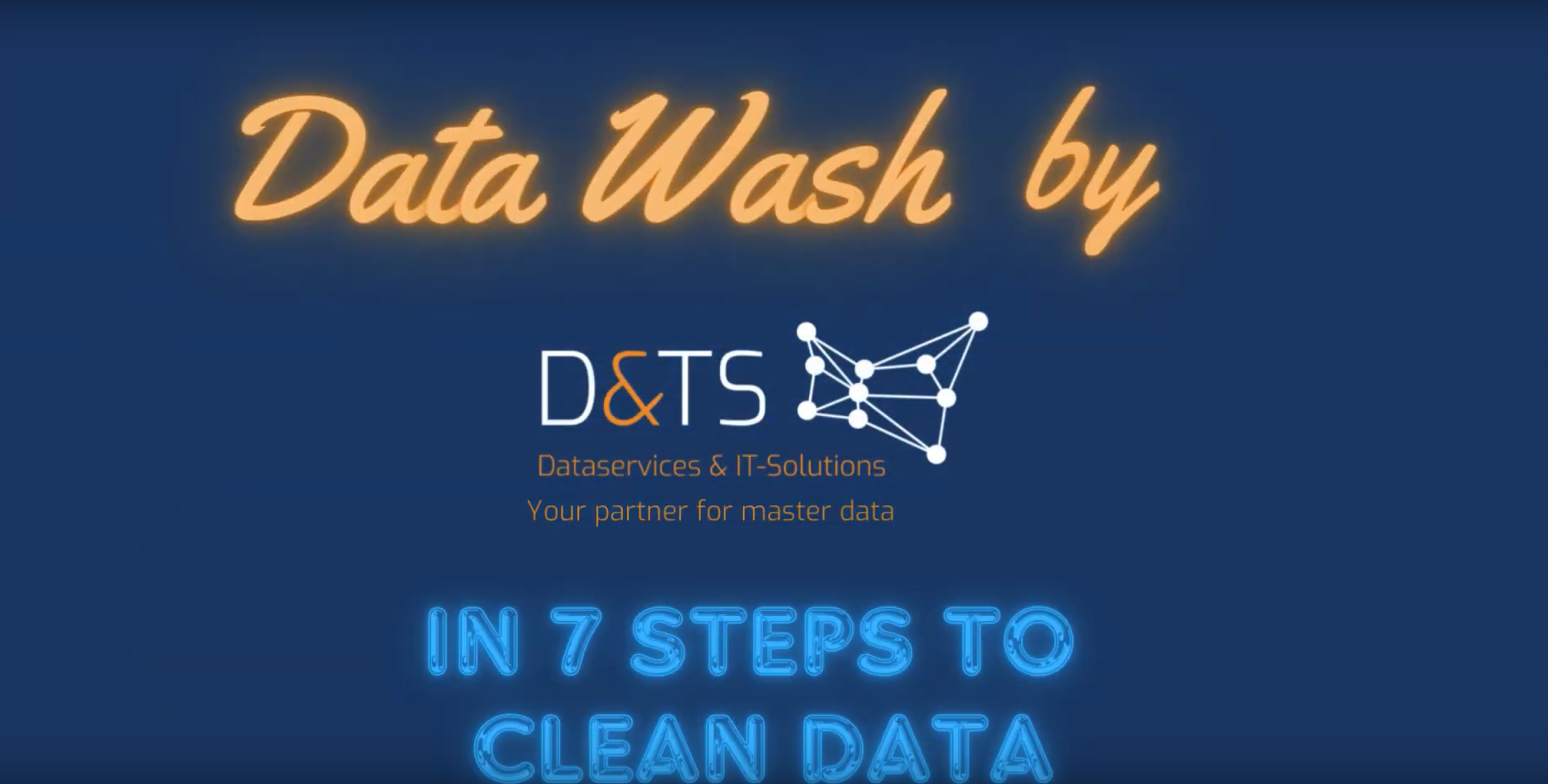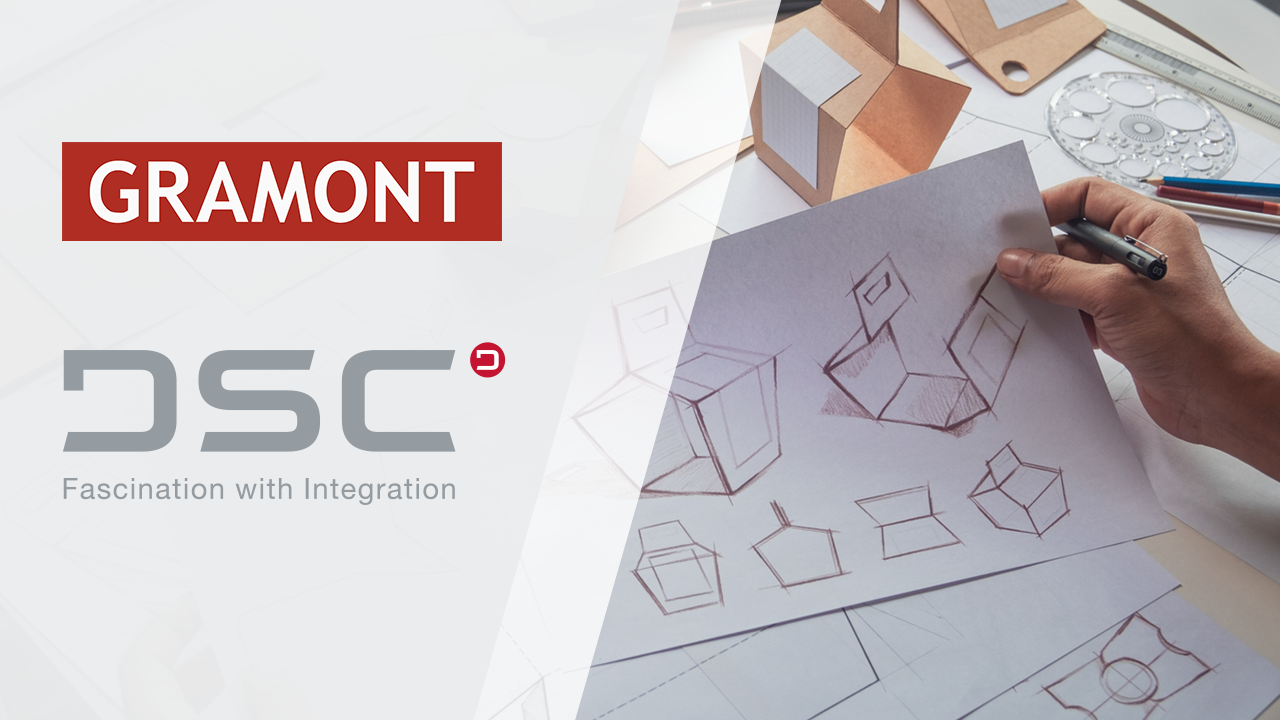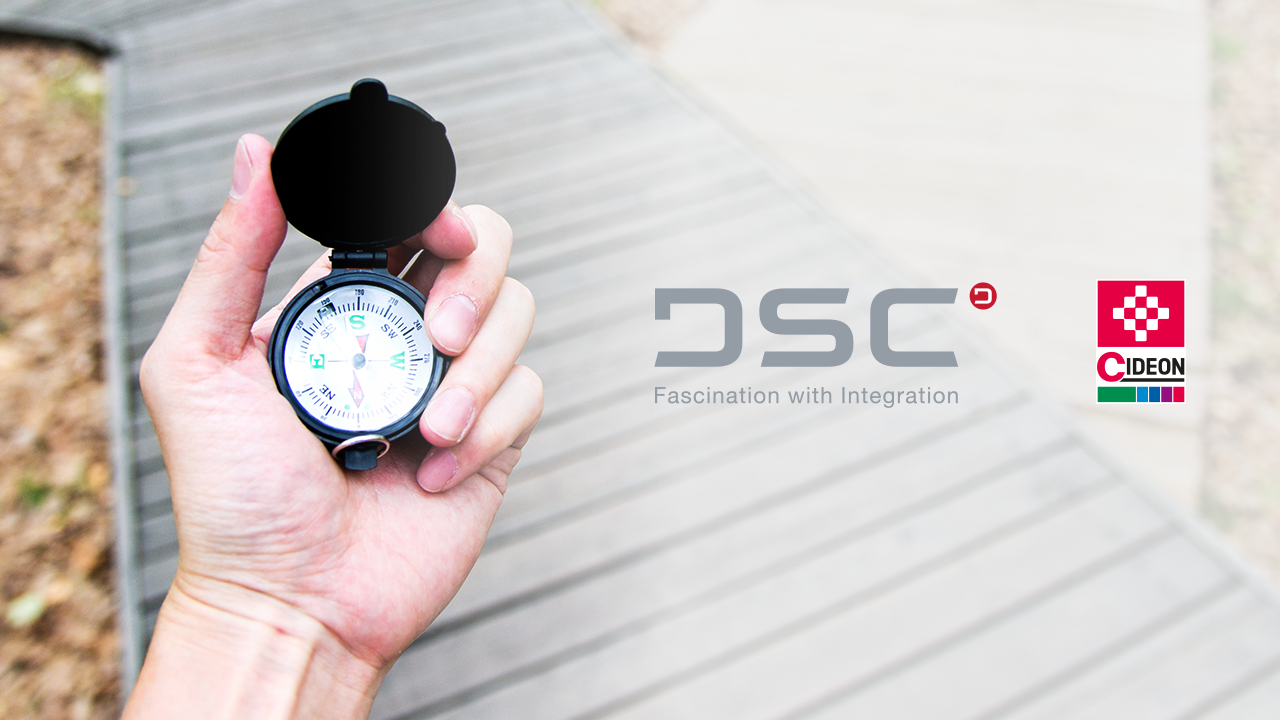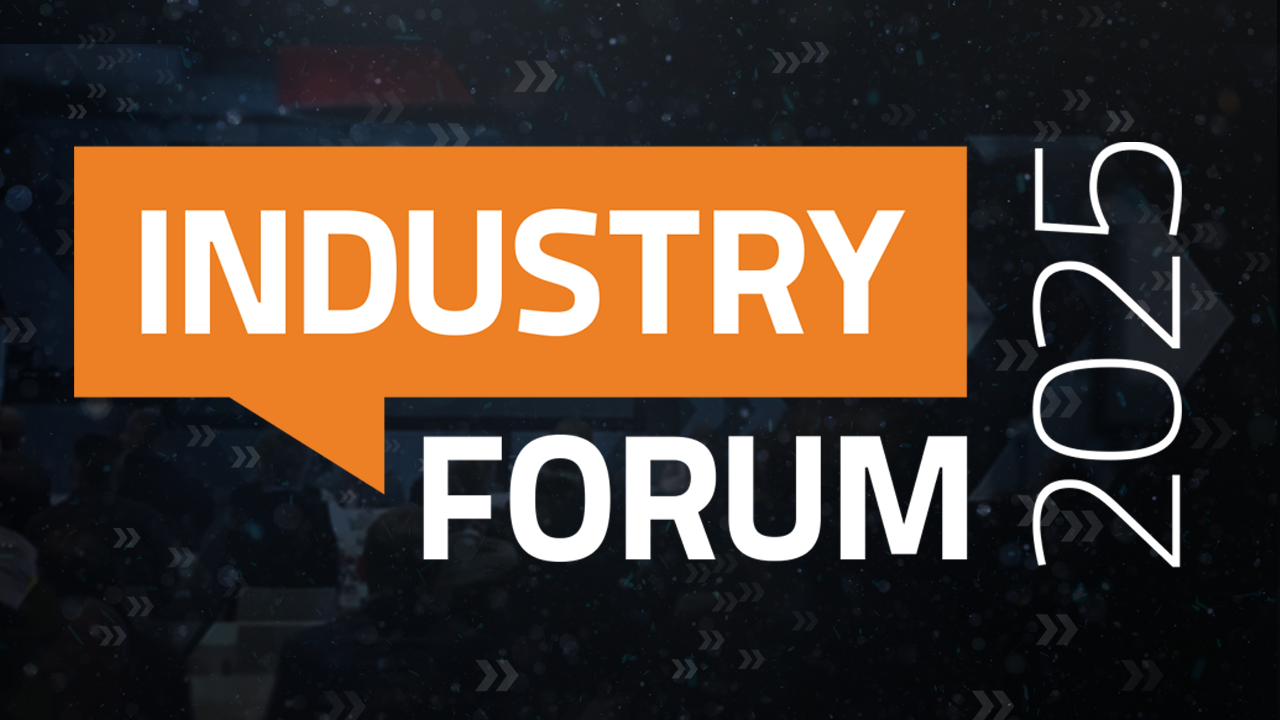Digital Transformation? Yes – but with accurate master data!
Data cleansing as a prerequisite for transformation projects
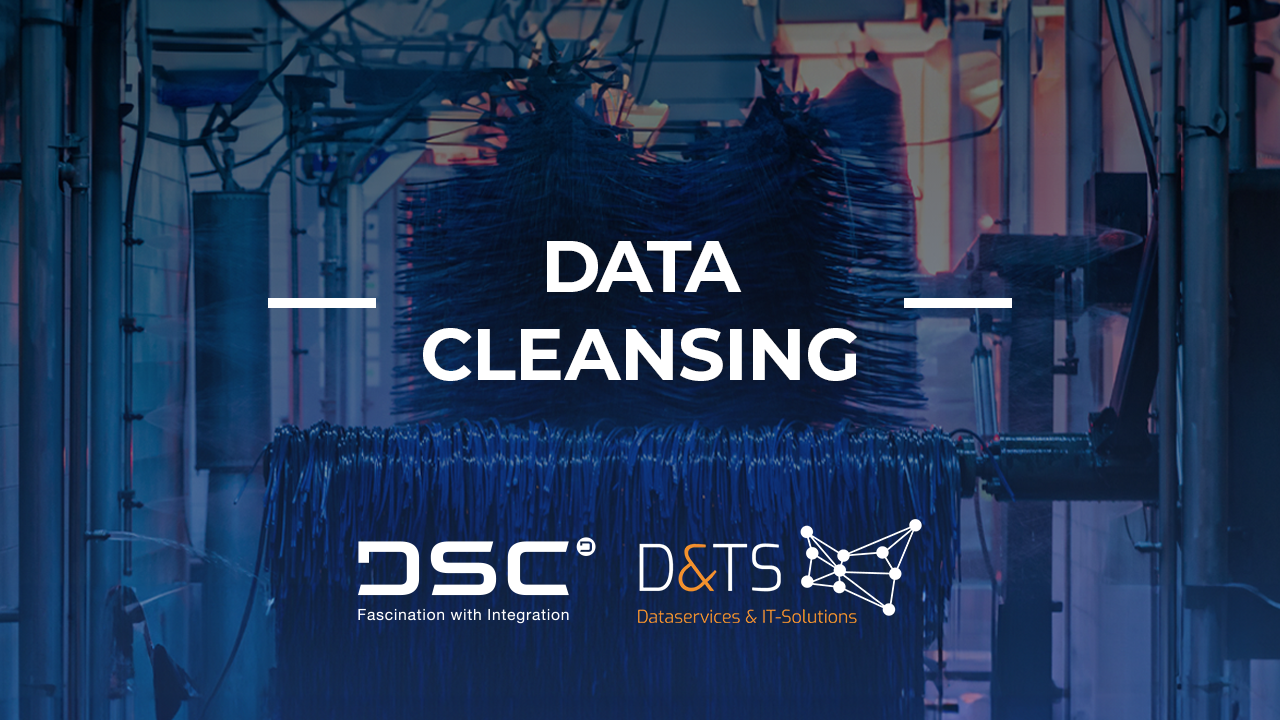
Digital Transformation needs to tackle a multitude of challenges – and master data management is among the important ones. Reason enough for D&TS GmbH and DSC Software AG to present a joint webcast about “Data Cleansing” on November 9, 2023. Paulo Ferreira, Managing Director at D&TS, and Benjamin Zorn, Senior Consultant Customer & Partner at DSC, had the pleasure to welcome about 100 participants.
Clean and process-compliant data step by step
How companies can make their master data shine bright with the help of D&TS and how to lay down a solid foundation for system change or transformation: This was made very clear by Paulo Ferreira on the example of a car wash.
- “Precleaning”: data analysis and data consolidation
The data supplied from the customer’s various databases are bundled and checked for duplicates, creating a Single Source of Truth. - “Prewash”: data harmonization
This step is for analyzing the designations, assigning uniform standard names to each material, and harmonizing both units and dimensions. Optionally, the material descriptions can be optimized and the standard names can be translated to several languages. - “Foam wash”: data classification
The materials are classified according to the customer’s own classification or according to standard classifications such as ECLASS, ETIM, or UNSPSC – optionally. Standardization according to ECLASS and AAS is the basis for the convenient exchange of consistent, accurate, and comprehensible data among systems and business partners. - “Wax”: data enrichment
Material data is updated by adding missing technical data and business data. For this purpose, the materials are categorized in groups and the most important characteristics are identified. This allows an allocation to the D&TS databases. - “Verification”: data validation
The data is checked for completeness and conformity by applying rules and quality criteria. Then, a second check takes place for identifying duplicates to achieve the highest level of data integrity. - “Polishing”: data provision
The cleansed data is transferred to the target system, e.g. ERP, PIM, PDM, etc. This service is possible in various formats, such as Excel, BMEcat, JSON, and ClassCOCKPIT files – ClassCOCKPIT SAP. - “Sealing”: establishing data quality
This final step includes an IT-supported master data management and connection to a product database – ClassCOCKPIT Data Cloud. This allows optimizing the workflows and overall business processes to ensure sustainable data quality over time.
Undertaking such a data cleansing procedure offers numerous benefits to companies on their journey towards Digital Transformation. The speakers provided concrete customer examples and outlined the following benefits of data cleansing:
- The possibility of finding materials instead of searching, which avoids duplicates and the unnecessary design of parts that already exist in the company
- Uniform designations, which means terminology, and elimination of duplicates
- Introduction of ECLASS as the new standard leading to a significant increase of data quality
- Usage of ECLASS as the standard for secure data exchange
- Digital spare parts catalogs at the touch of a button thanks to higher data quality; increase in turnover
- Higher asset availability, global interconnection of plants, cost reduction
The participants’ feedback on the webcast was entirely positive, encouraging DSC and D&TS in their decision to organize another joint webcast in 2024.
